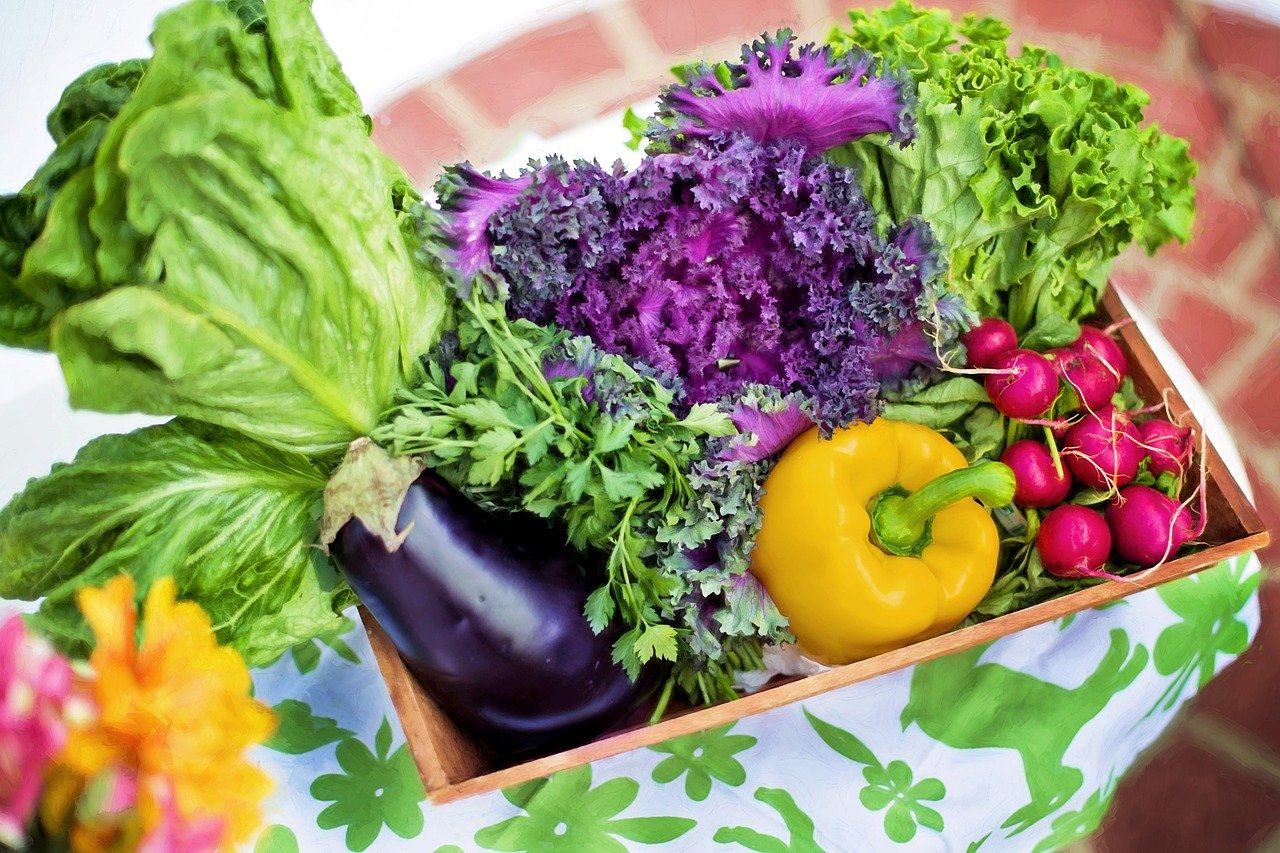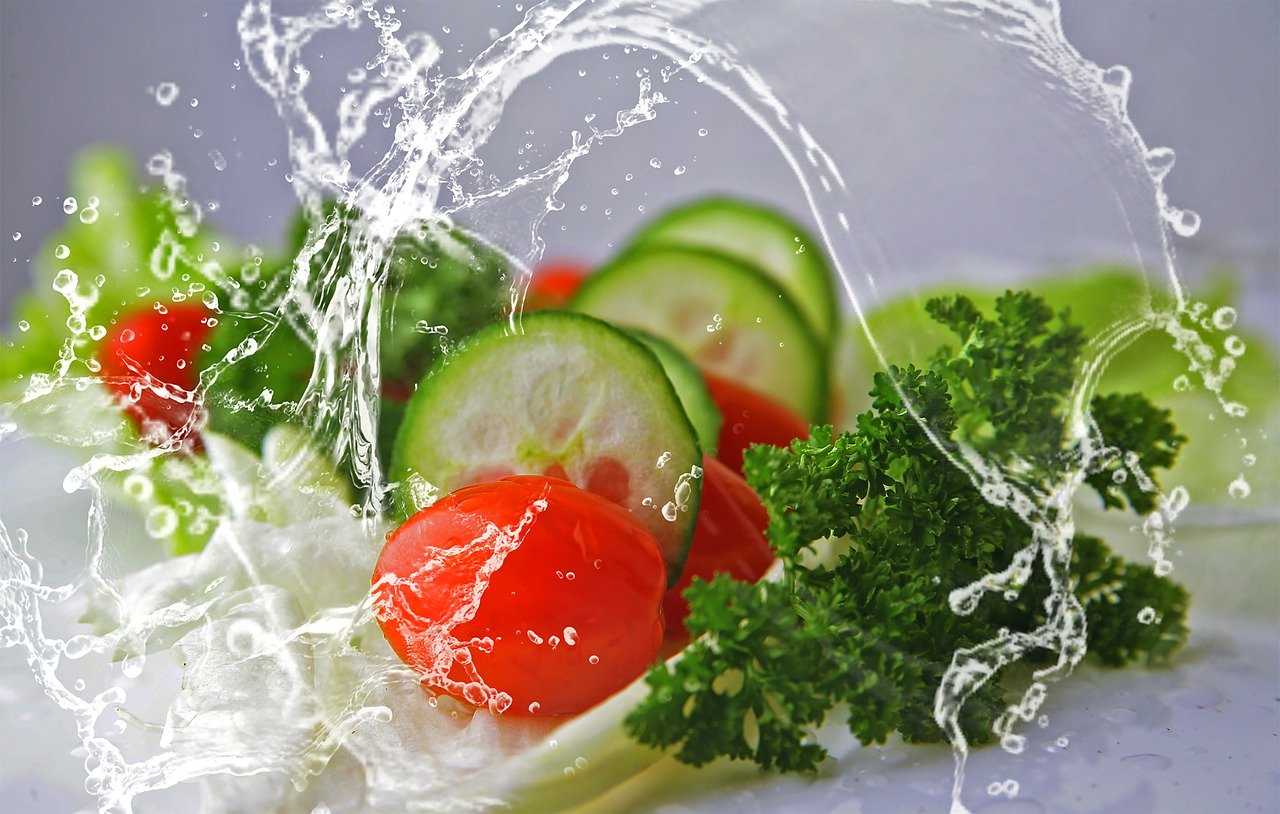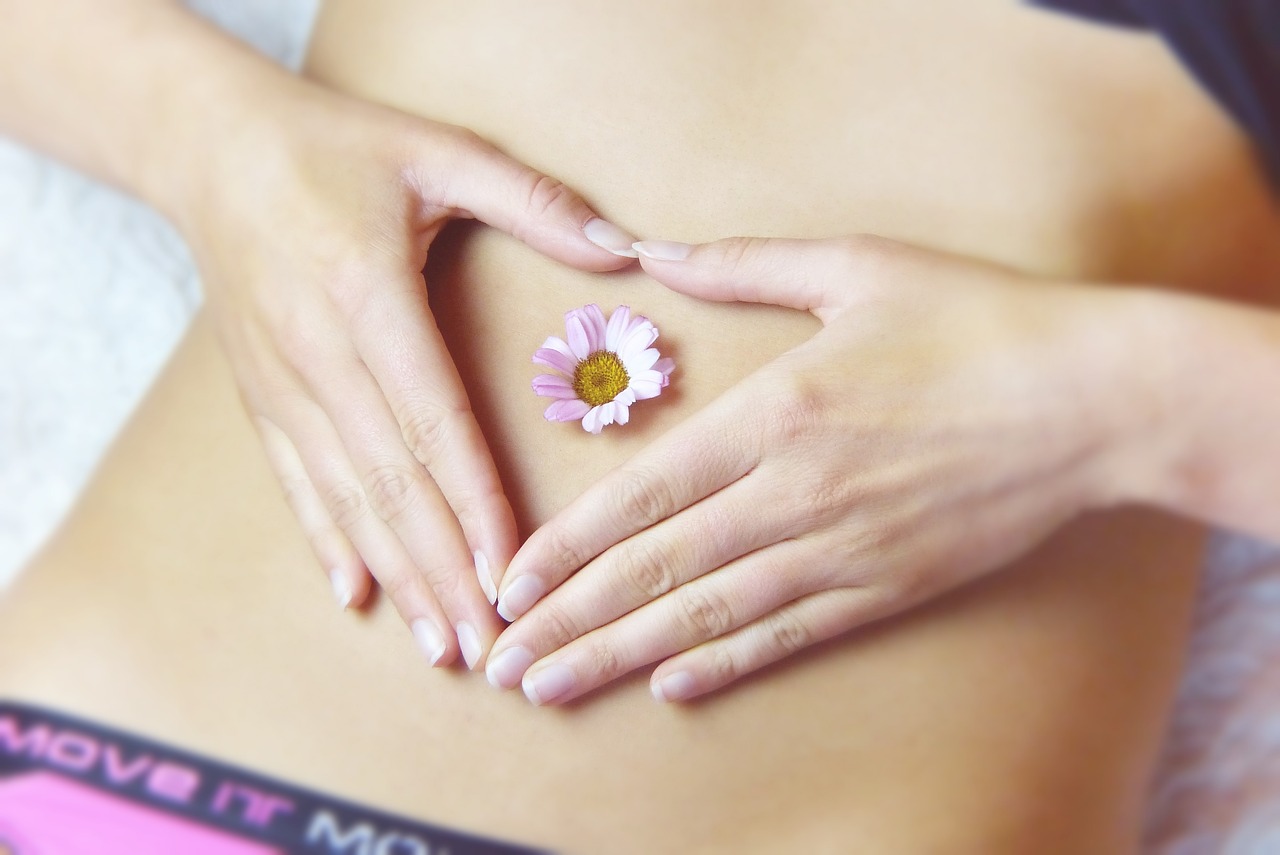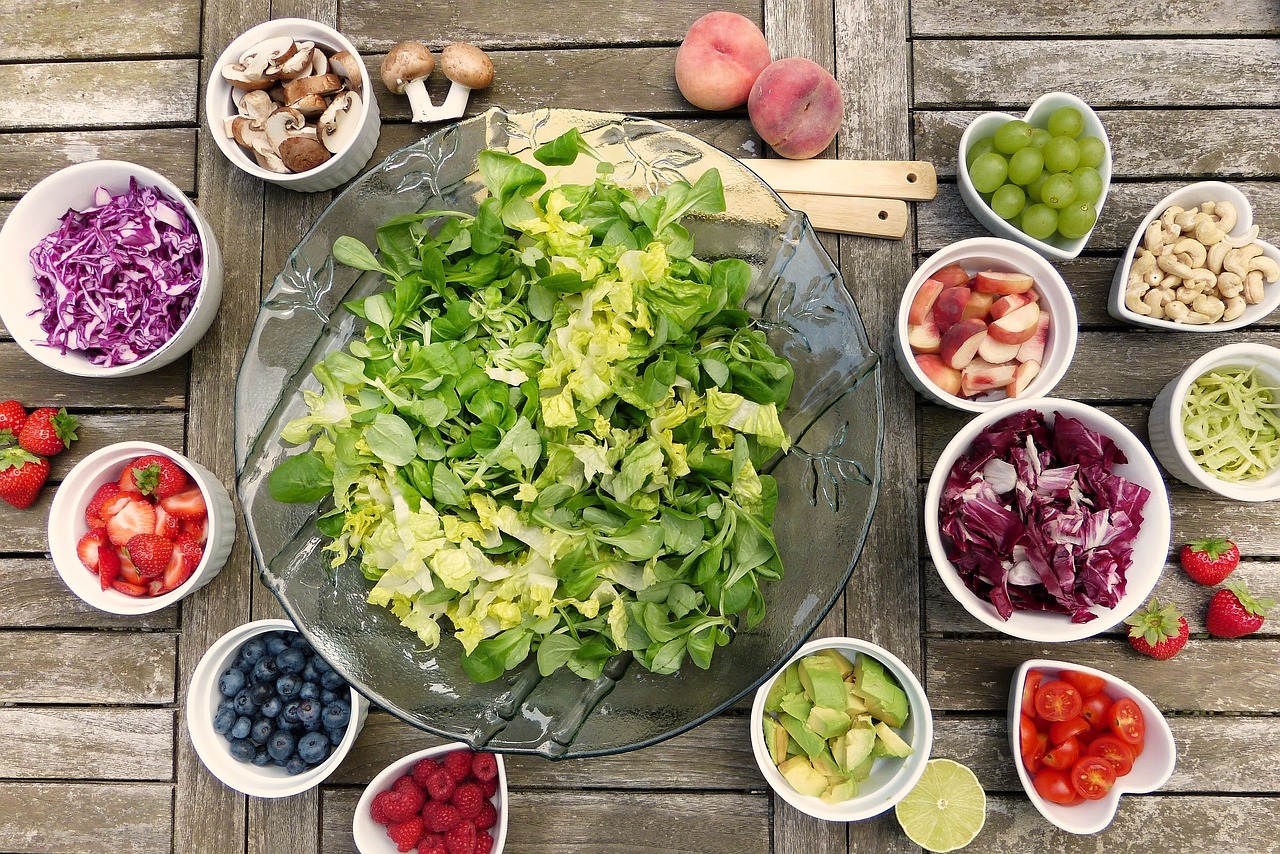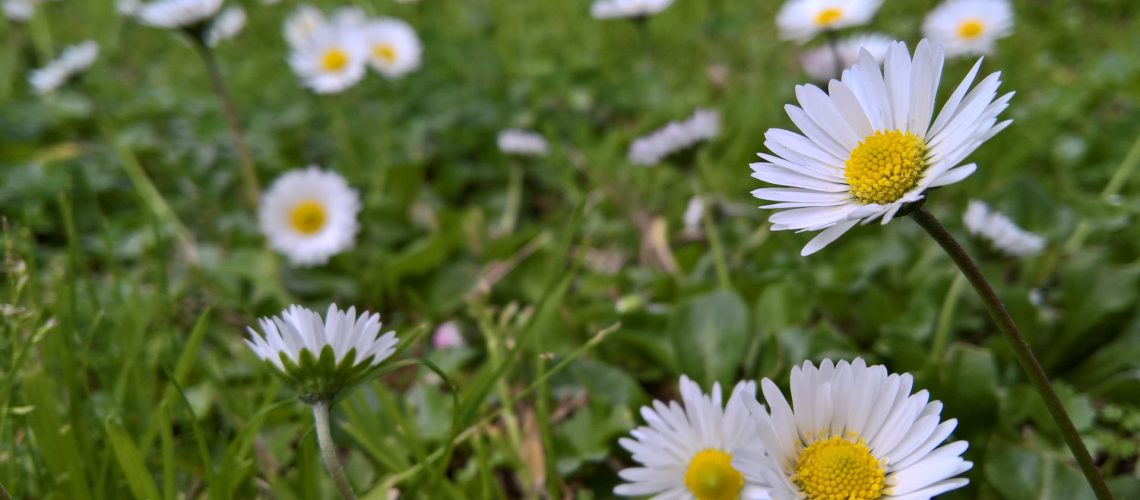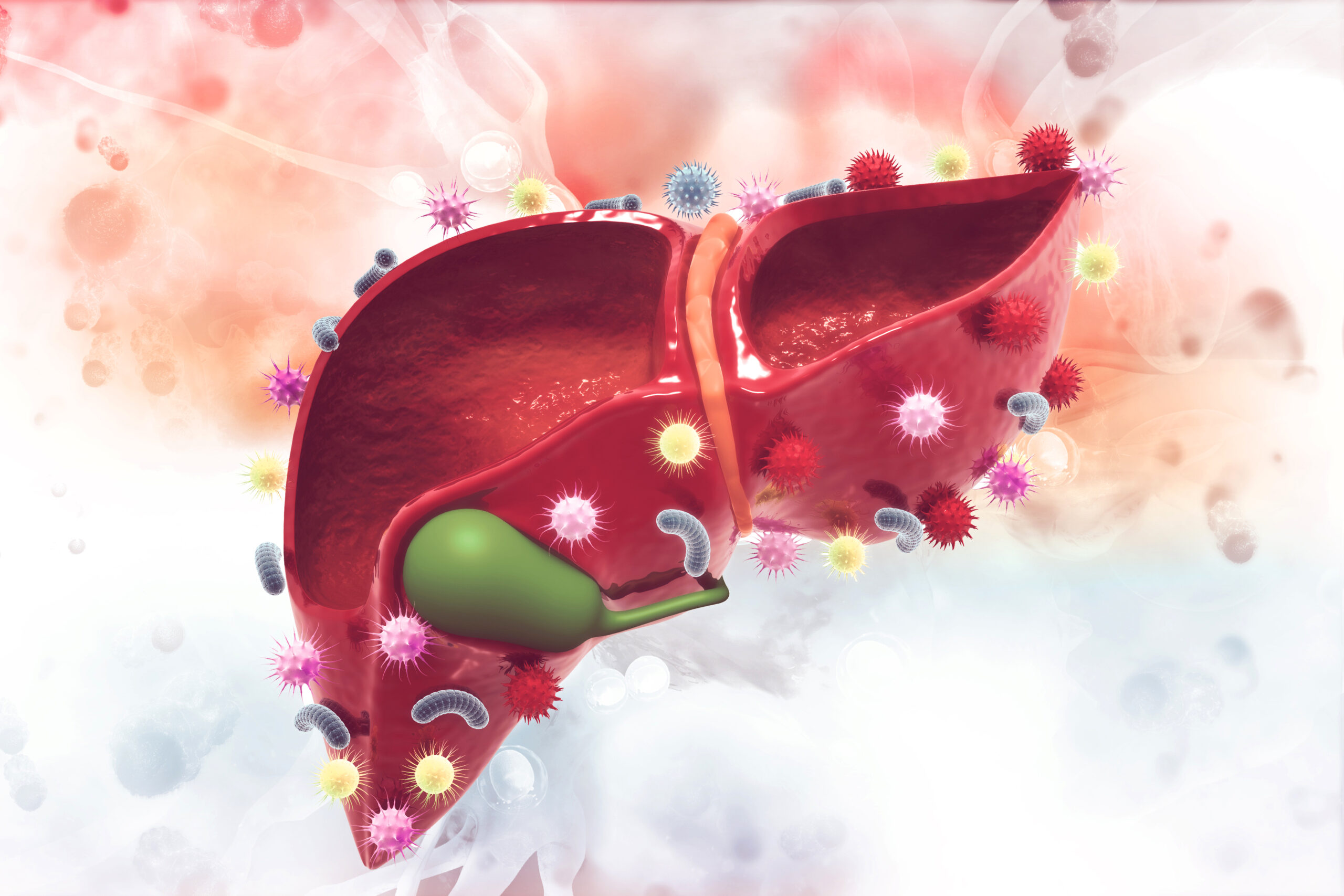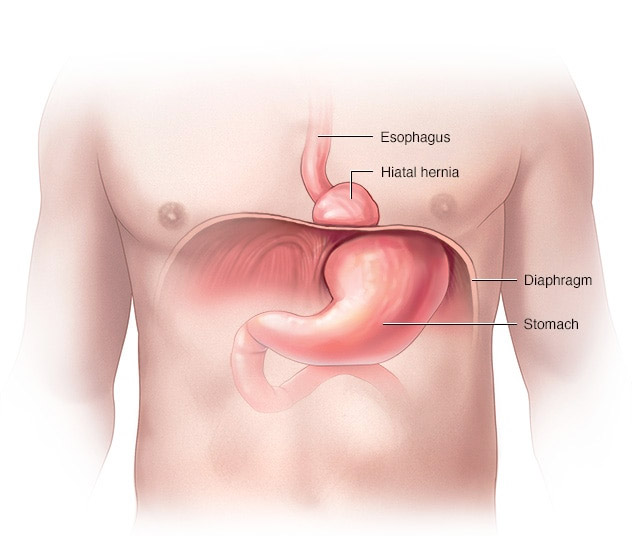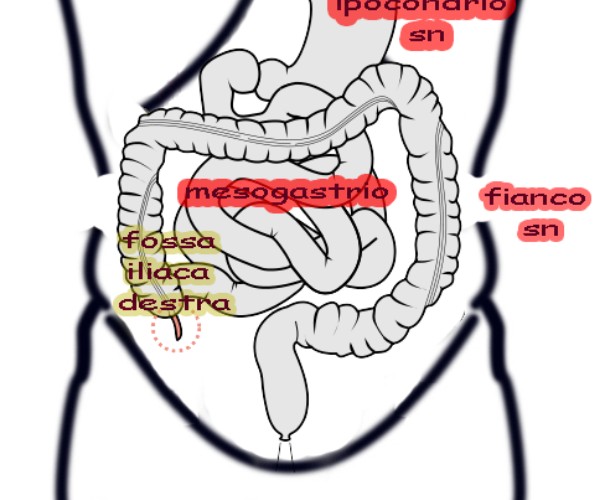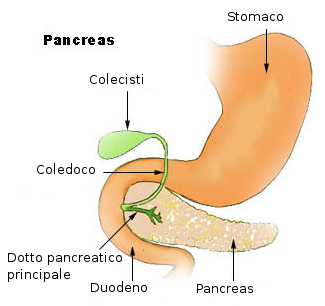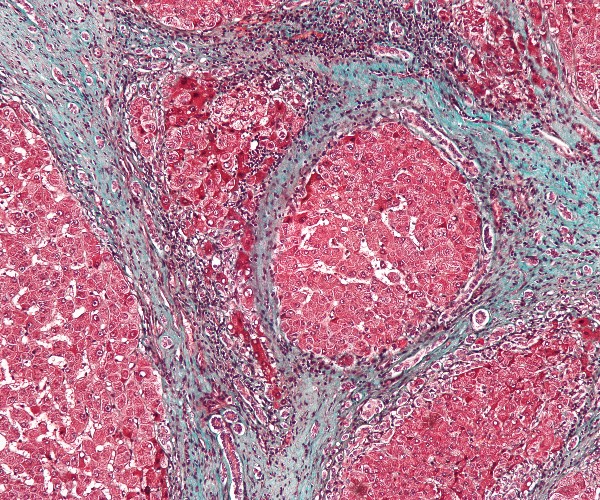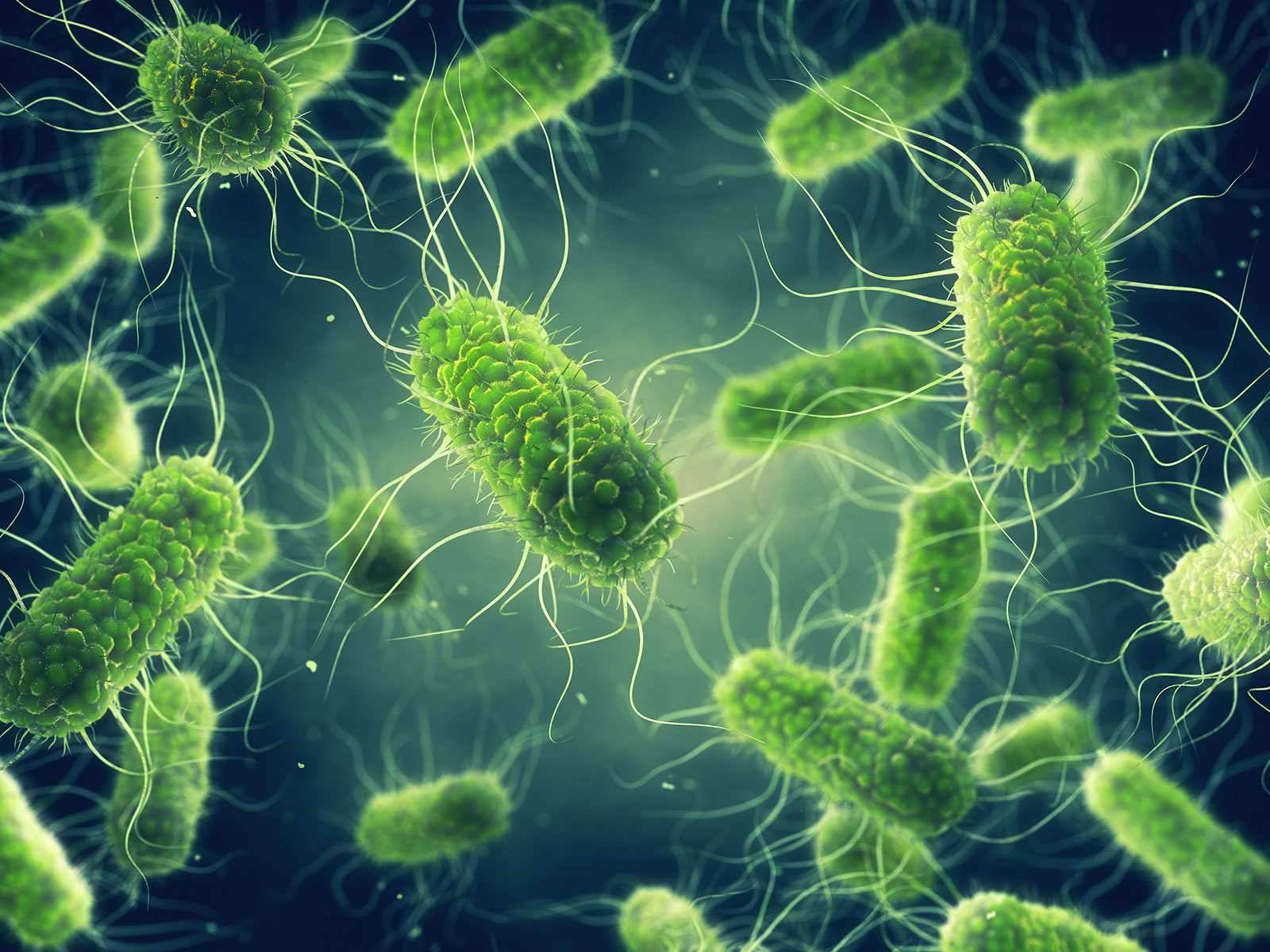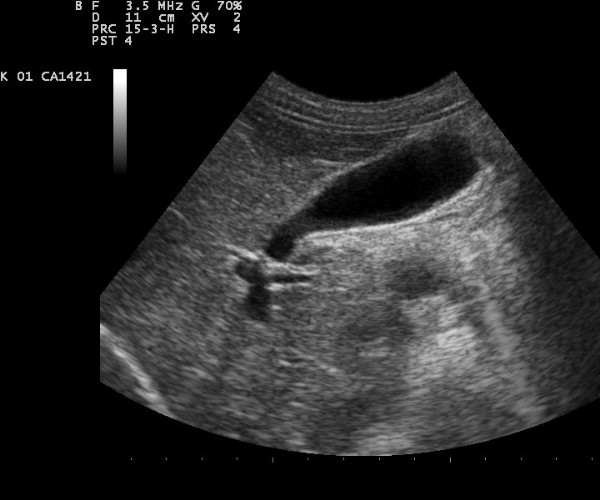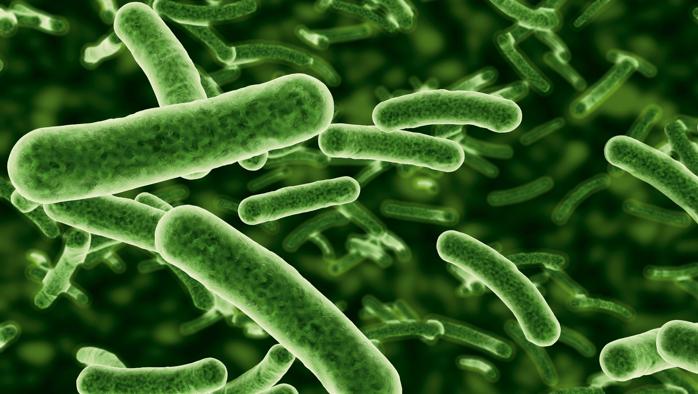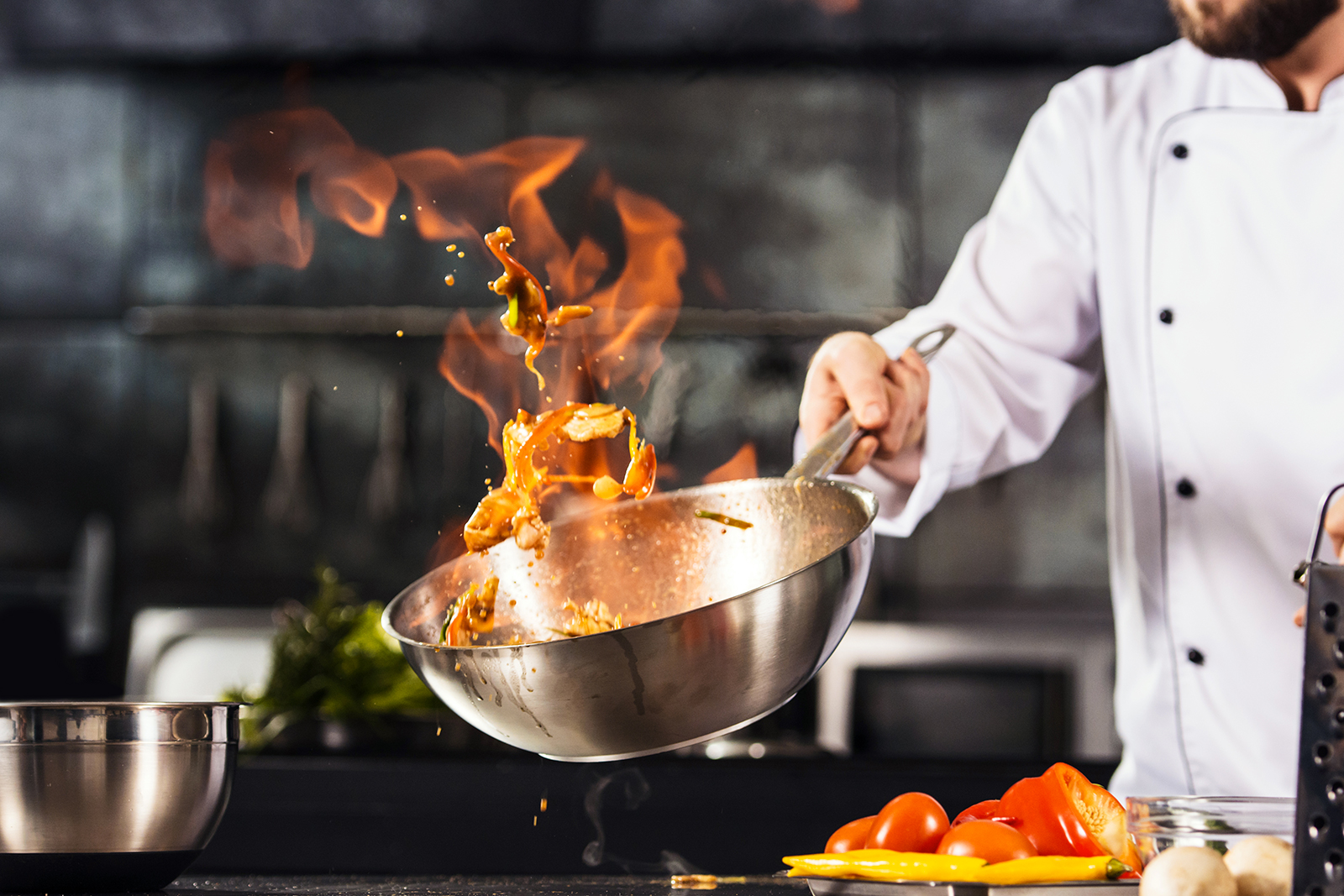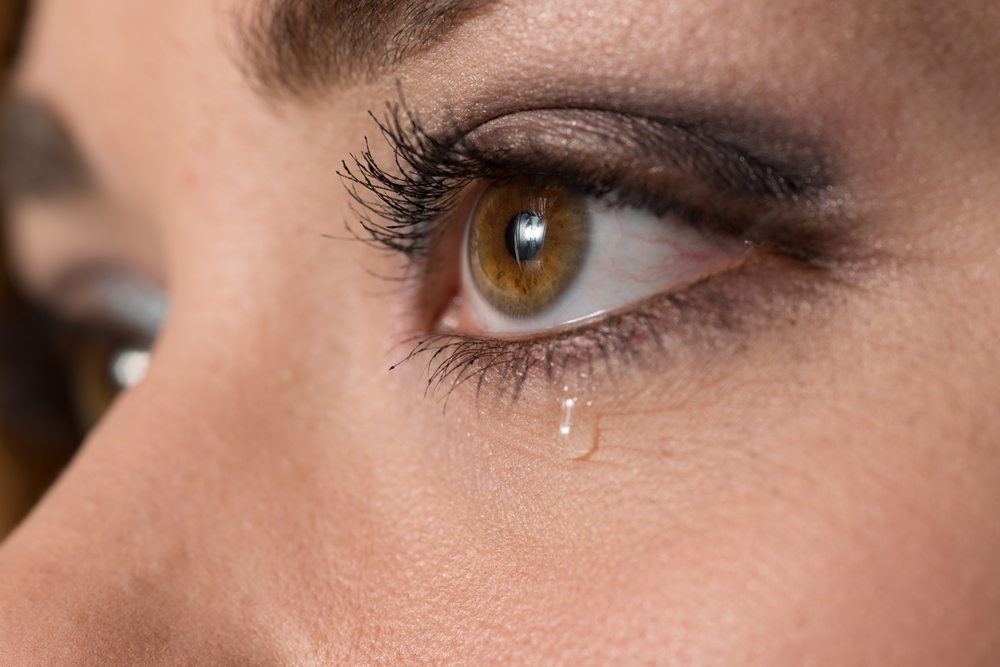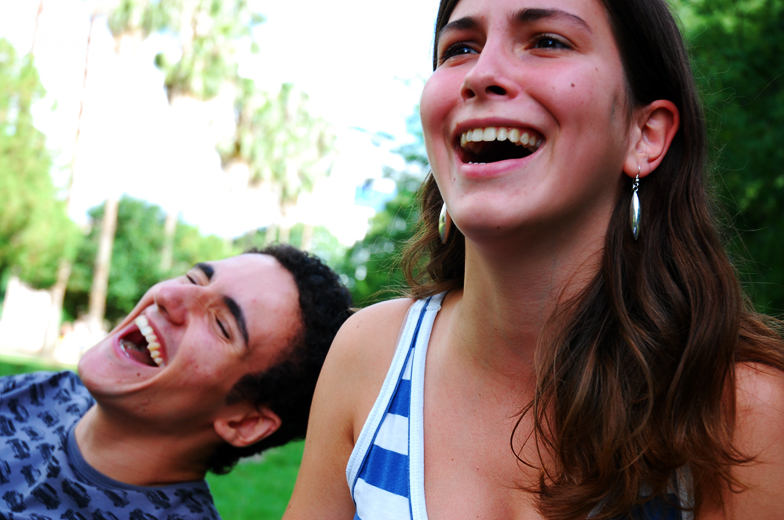THE DAISY
“She loves me or she loves me not”: in the collective imagination, the daisy, the simple field daisy also known as the ‘daisy’, is the flower to which to ask the fate towards one’s beloved. But the daisy is more than that: its uses and uses are ancient and legendary, it is credited with some therapeutic properties, and, finally, it is also appreciated in cooking.
In Botany. Rustic, simple, odorless, the scientific name of the most common daisy is “Bellis perennis.” Possible reasons for the origin are debated: some believe that ‘Bellis’ derives from “bellum,” war, as the ancient Romans made an ointment from it to heal wounds sustained in battle, while others associate it with “bellus,” graceful or beautiful, because of the particular kindness its flower inspires. It is a simple flower everywhere known and widespread, with names referring to various attributions and symbols: for example, the English call it “daisy,” short for “day’s eye,” because the flower head (the little head of white petals and central yellow button) opens in the morning and closes again at dusk or when temperatures drop or if it rains and always follows the orientation of the sun; the Scots call it “bairwort,” referring to the custom of children adorning themselves with garlands of daisies, and abroad, especially in England, like the swallow for us, the daisy is symbolic of the arrival of spring as evidenced by the saying: “When you can put your foot on seven daisies summer is come.” In Germany, on the other hand, it is called Marienblümchen, flower of Mary, because a legend links it to the Virgin Mary, and with these sacred origins it is found in many Renaissance paintings in which the daisy adorns images such as the Nativity and the Adoration of the Magi, while Botticelli or Ghirlandaio depicted it in frescoes and paintings to evoke the birth or resurrection of Christ, giving it a strongly Christian meaning. Perhaps this connotation is due to the appellation “margarita” given to it in the 1100s, which meant “pearl”: by transposition then the daisy would be as precious as a pearl and a symbol of the coming of Salvation to the world and the new season of the spirit. In France they call it “paquerette” because it carpets the land where it sprouts and in Spain “margarita comun.” In Italy, depending on the area, pratolina is dialectally referred to as: vidueta, bigen, scoppa-pignate, primu sciuri, sizziedda and munachieddu. What is not in doubt, however, is the term ‘perennis‘, indicating that it is an herbaceous perennial plant in the family of the Asteraceae, of the genus Composite, about 15 cm tall, with rhizomatous roots, slender stems with spatulate green leaves and serrated margins, at the top of which stand out the flowers. These are solitary flower heads with petals that are generally white but may also tend to pinkish or yellow, depending on the variety, surrounding a yellow disk. It blooms in spring.
Habitat. Native to Europe, however, it is also found in Asia, Mediterranean parts of Africa and North America where it naturalizes. It does not like dry climates and prefers soils with good water availability, so it is easier to find at high altitudes than in the plains. It adapts to different conditions: it is extremely cold-hardy, even to temperatures below -15°C, and is undemanding, in short, does not require much care, thus making it easily cultivated.
Those who sang it, hailed it and employed it. She has been featured in lyrics and thoughts…of love since the medieval age when prophetic qualities were attributed to her. For example:
- In Alfredo Cattabiani’s “Florario” (1937-2003) we read that ladies of that era allowed their beloved to adorn their shield in public with two daisies to publicly acknowledge the feeling that united them.
- With this indication in the language of flowers, the daisy means “I will think about it” (addressed to a love offering, of course), as well as symbolizing unpretentious goodness and innocence.
- Some sovereigns made it their symbol: Louis IX of France apparently had a ring forged in the shape of a daisy; Margaret of Valois when she was presented to Henry IV of France, her future groom, asked that the various decorations include daisy baskets, in honor of her name; Margaret of Anjou, wife of Henry VI of England, favored the daisy as a subject for embroidery on her robes.
- It is mentioned and sung in “Bellis Perennis,” in Giovanni Pascoli’s “New Poems.”
While in therapeutic settings:
- In 1700, it was banned from use in Teutonic countries as it was considered abortifacient.
- Physicians in ancient Britain administered wine in which daisy flowers floated to dying patients to predict eventual death or recovery as a result of the presence or absence of gagging.
Between legend and literature. There are several ‘stories’ that link the daisy to folk beliefs and myths. Here are the most famous ones:
- The custom of “m’ama non m’ama” seems to date back to Marguerite de Provence, queen of France. Legend has it that she leafed through the petals of the delicate flower while counting the days until the return of Louis IX, a prisoner of the Saracens. Once he returned home, he handed him all the petals he had kept as a testimony to his loyalty.
- In Norse (Nordic or Scandinavian)mythology, daisies are the flowers of Freyja, goddess of love, fertility and prophetic virtues.
- In literature, William Shakespeare in “Hamlet” associates daisies with devotion and loyalty, while Johann Wolfgang von Goethe calls Daisy the protagonist of “Faust.”
- In ancient times, indecisive maidens of marriageable age placed garlands of daisies on their heads to indicate that they were free or were reflecting on a received love proposal.
- The birth of the daisy is associated with the legend of Bellis, beautiful daughter of the god Belus, who while dancing with her fiancé seized the heart of the god of spring. The latter falling madly in love with her tried to kidnap her, arousing the fiance’s violent wrath against the god. Bellis closed his eyes so as not to see the bloody massacre and turned into a meadow daisy.
- The bouquet of cut daisies given to a new mother is a sign of happiness in welcoming her newborn.
Uses of the daisy. The best known arein cooking, the daisy is in fact an edible flower, and in phytotherapy.
- In the kitchen: it can be used for creating fancy salads or herb soups, or be preserved in vinegar. While it is of use for younger children in the preparation of tea with fresh flower heads, sweetened with acacia honey for restorative effects.
- In herbal medicine: it is used as an ingredient in decoctions, rinses and herbal teas.
Cultivation. Although it preferably grows wild, the daisy does not present great difficulties in cultivation, with optimal outcomes even in the vegetable garden or in the garden for ornamental purposes. In order to have a lush bloom, some precautions are necessary:
- Exposure: Daisy requires sunny exposures in cold climate zones and semi-shady in very hot climates. In case it is raised in pots on the balcony place it in a sheltered, well-lit corner where temperatures reach 16-18°C.
- Soil: prefers fertile, moist, organic-rich and well-drained soils. A garden soil mixed with sand with a slightly acidic or neutral pH is optimal.
- Watering: although it can withstand drought conditions, daisies should be watered frequently from vegetative growth resumption (March) until early fall. In winter watering should be suspended especially if it is grown in the ground being sufficient irrigation from rainwater, while if grown in pots it requires water only when the soil is completely dry.
- Fertilizing: During vegetative recovery and every 3 to 4 months, it is recommended to feed the soil with a slow-release granular fertilizer specifically for flowering plants. Fertilizers rich in iron (Fe) and magnesium (Mg) are to be preferred to promote the growth of green and vigorous shrubs
- Flowering: all daisy species bloom from May to late September. In regions with temperate climates, flowering extends into late autumn.
Multiplication. Daisy(in)a is propagated in three ways: by apical cuttings, by division of heads, and by seeding.
- Sowing: should be done in early spring by burying the seeds in a specific fresh and soft soil. The seedbed should then be protected with clear plastic sheeting and placed in a place sheltered from night frosts. After germination, the tarp should be removed and the daisies(in)e planted.
- By cuttings: should be done autumn or spring, using well-sharpened and disinfected scissors with which to take the apical parts of herbaceous stems 12 to 15 cm long, removing the basal leaves. At this point it will be necessary to root the cuttings in a mixture of equal parts peat and sand, misting the substrate daily until new leaflets appear. To promote seedling hardening, it is a good idea to place the pot with the cuttings in a bright, but not exposed to direct sunlight.
- Transplanting or planting. At the appropriate time, transplant the daisies(in)e into fairly deep holes with all the soil bread enveloping the roots. If growing in pots, choose a container that is taller than wide to contain its roots.
- The roots tend to expand in width and depth, so when they emerge from the watering water drainage holes, transfer the plant to a larger pot, preferably of terracotta, in which you will place fresh, fertile potting soil mixed with sand, mature manure and a handful of expanded clay.
- Flower picking: takes place throughout the year depending on the geographical location, although the best time is spring-summer, which runs from March to September. Preferably harvest the flower heads when they are about to open or just after flowering has occurred, at which time the content of the active ingredients is at its highest.
***
Daisy cures. It does not require any special attention; it will be sufficient to remove from time to time the withered stems and, in winter, to protect the roots with straw mulch if the plant is grown in the ground. In summer, if it is grown in pots, it should be placed in a place sheltered from direct sunlight to avoid sunburn of the foliage.
Diseases and Parasites. Although hardy, daisy(in)e are susceptible to fungal diseases. They also suffer from root rot due to waterlogging in the soil and in the saucer, and above all they fear the attack of some pests, among them powdery mildew, which smears the leaves with whitish powdery deposits, and aphids, which form blackish clusters especially on flowers still in bud and between the axils of the leaves. Pesticide treatments should be done only when necessary using organic products, such as nettle or garlic or pyrethrum pesticide, which are also easy to prepare at home.






